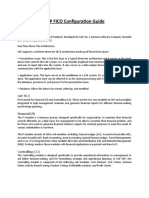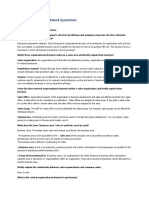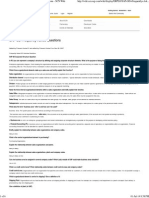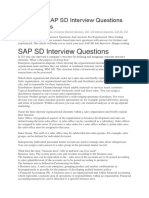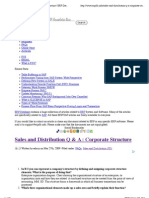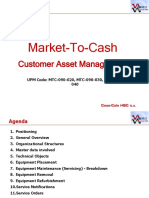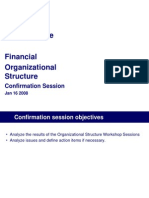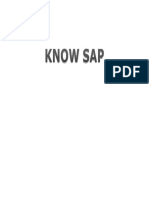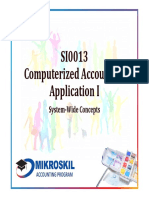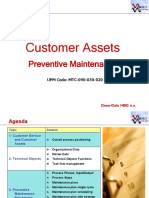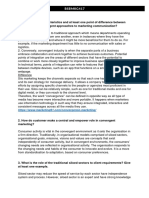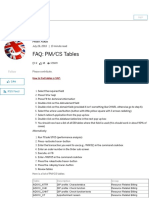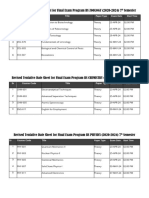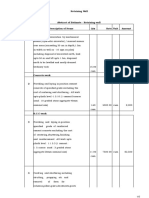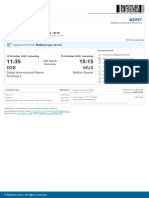0% found this document useful (0 votes)
21 views20 pagesEnterprise Structure Day1
The document outlines the Enterprise Structure in SAP, detailing the integration of various modules such as Sales and Distribution (SD), Financial Accounting (FI), Controlling (CO), and Materials Management (MM). It describes key organizational units like Client, Company Code, Sales Organization, and Plant, and emphasizes the seamless flow of financial data across these modules for effective decision-making and reporting. Additionally, it highlights the relationships between different elements within the enterprise structure that facilitate operations and financial management.
Uploaded by
aspdpunithCopyright
© © All Rights Reserved
We take content rights seriously. If you suspect this is your content, claim it here.
Available Formats
Download as PPTX, PDF, TXT or read online on Scribd
0% found this document useful (0 votes)
21 views20 pagesEnterprise Structure Day1
The document outlines the Enterprise Structure in SAP, detailing the integration of various modules such as Sales and Distribution (SD), Financial Accounting (FI), Controlling (CO), and Materials Management (MM). It describes key organizational units like Client, Company Code, Sales Organization, and Plant, and emphasizes the seamless flow of financial data across these modules for effective decision-making and reporting. Additionally, it highlights the relationships between different elements within the enterprise structure that facilitate operations and financial management.
Uploaded by
aspdpunithCopyright
© © All Rights Reserved
We take content rights seriously. If you suspect this is your content, claim it here.
Available Formats
Download as PPTX, PDF, TXT or read online on Scribd
/ 20



